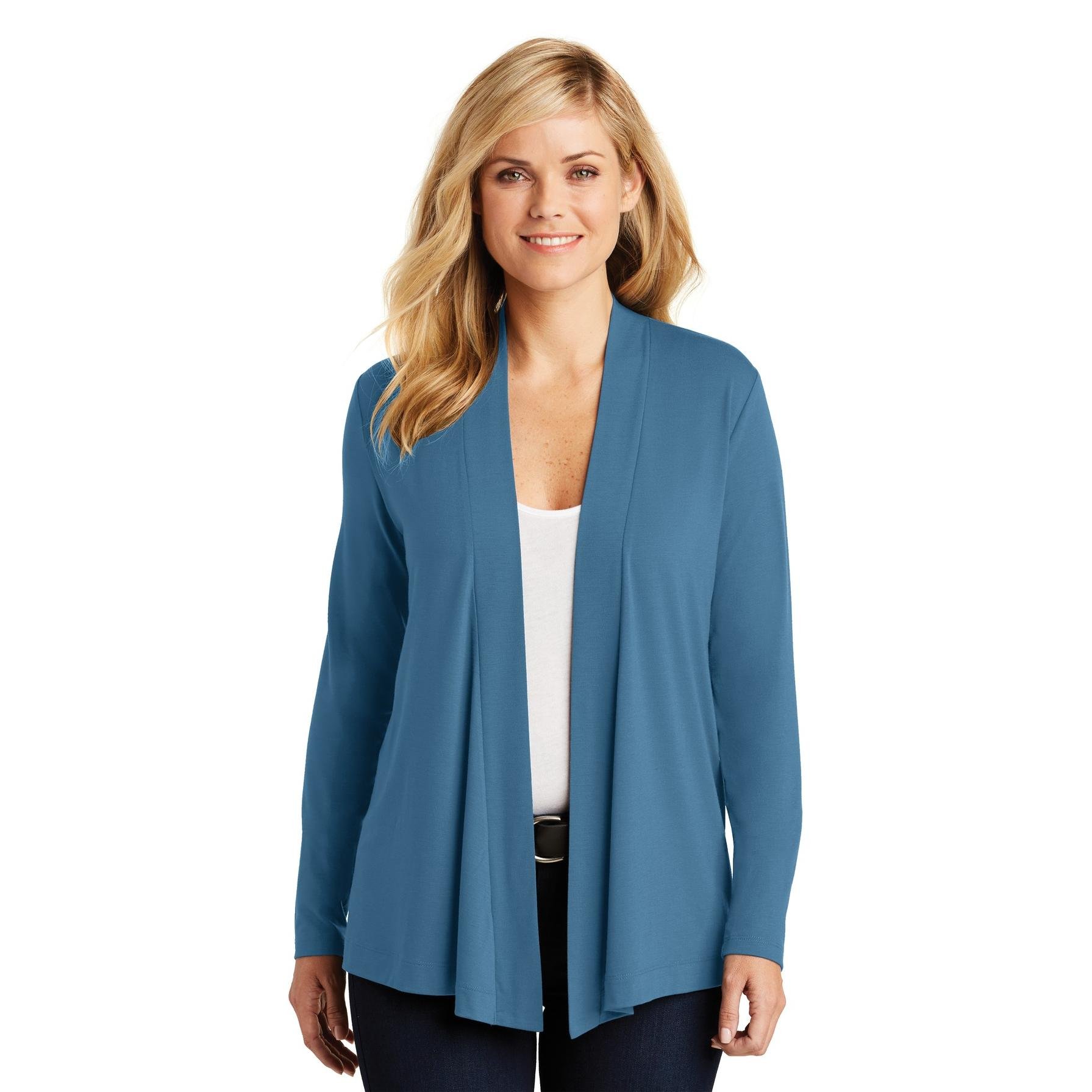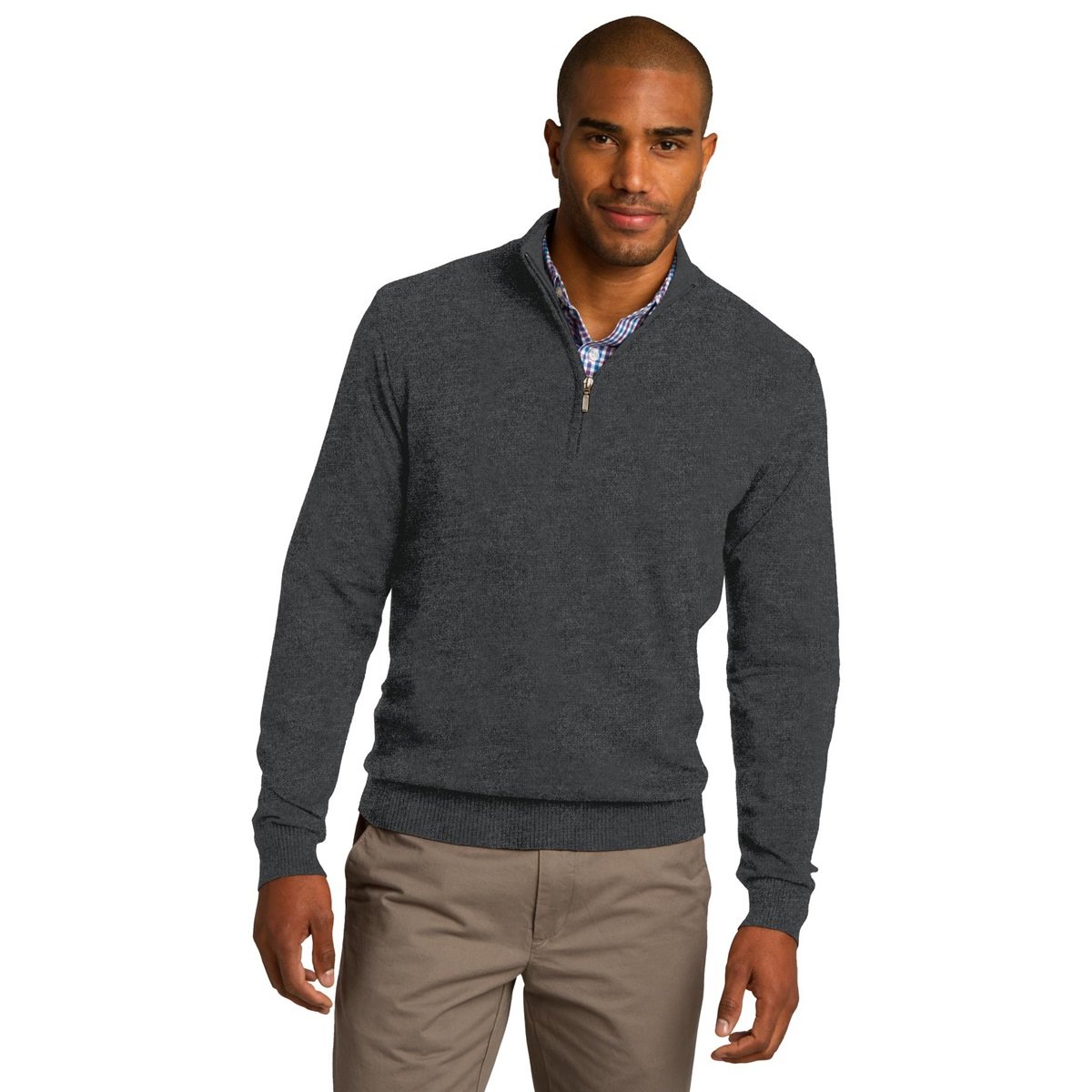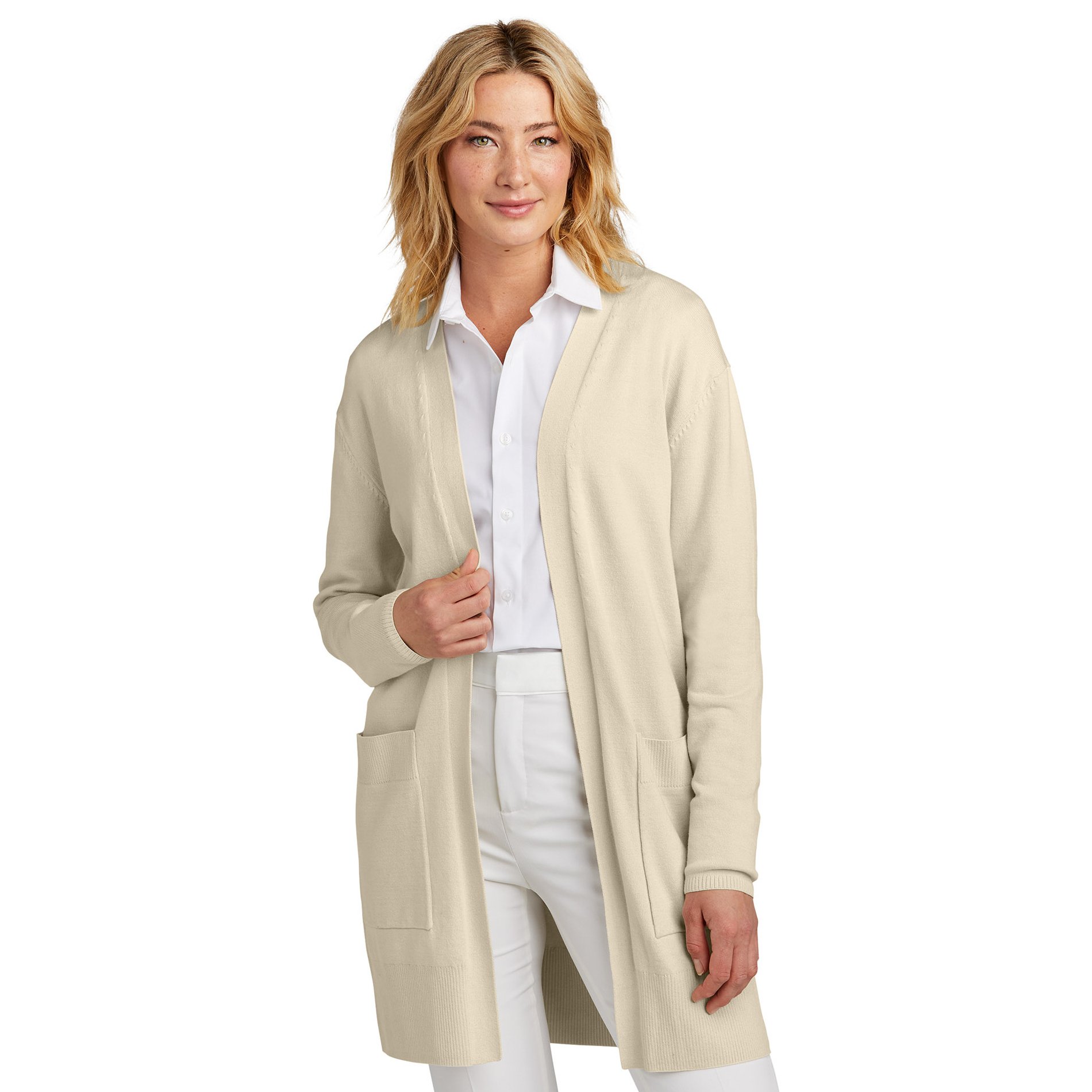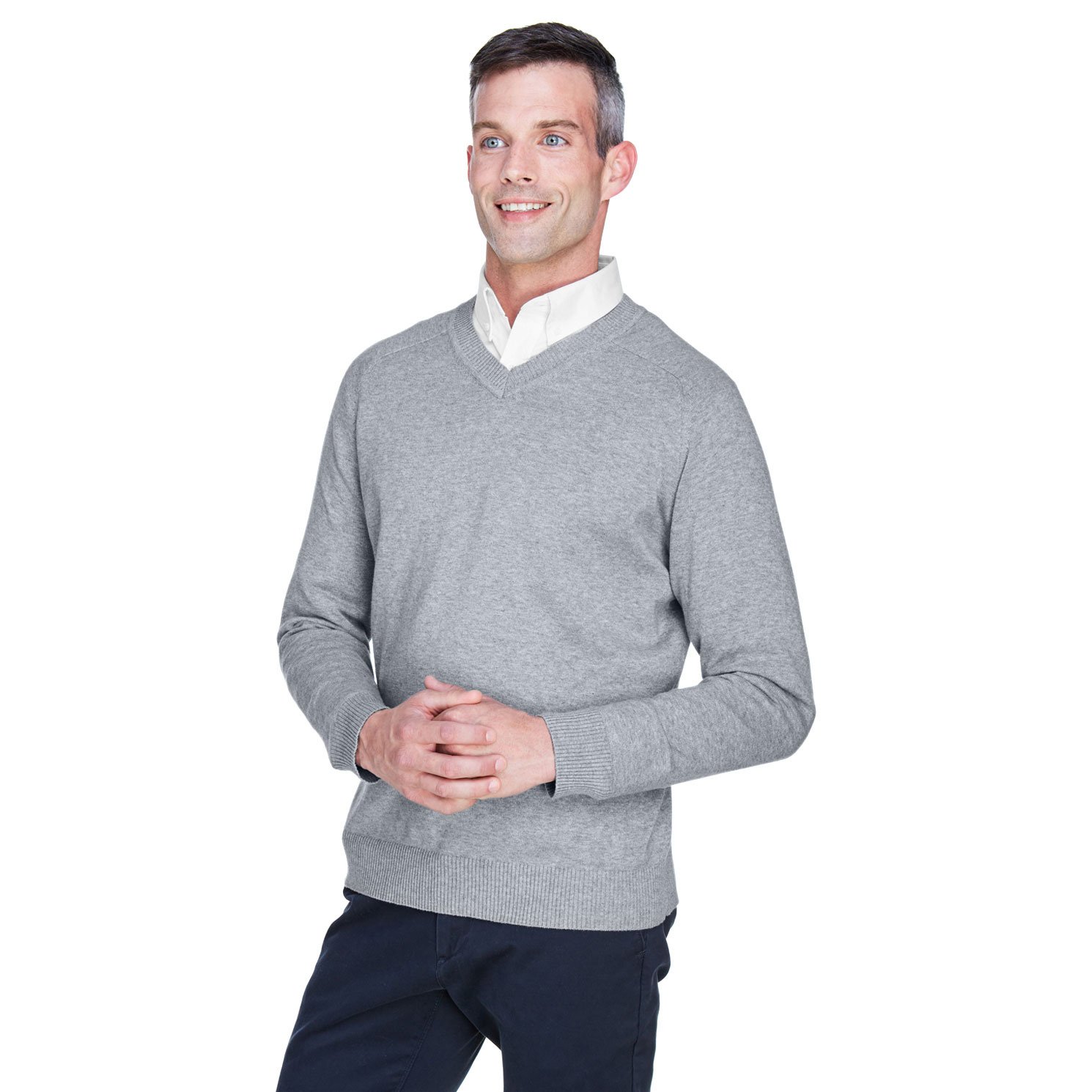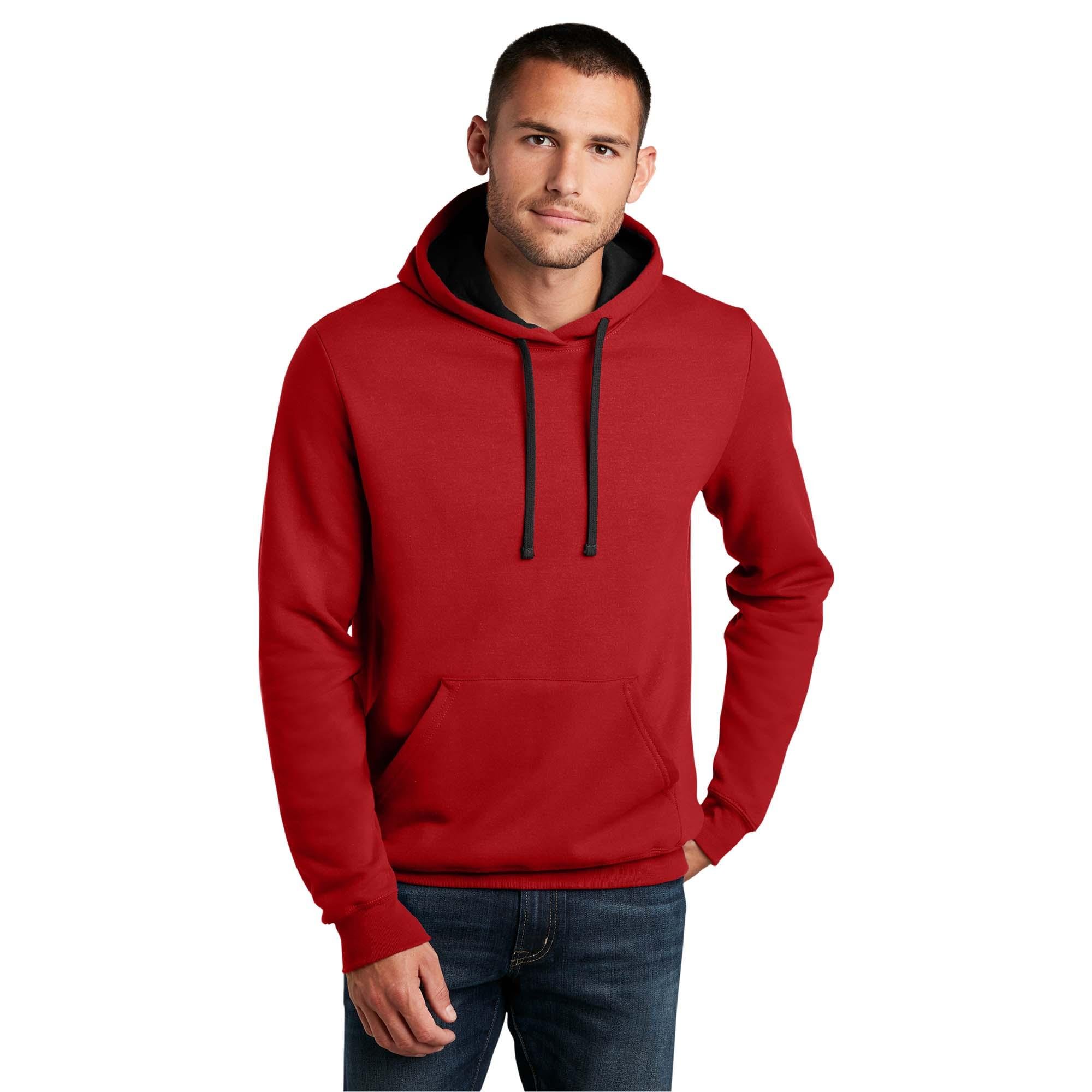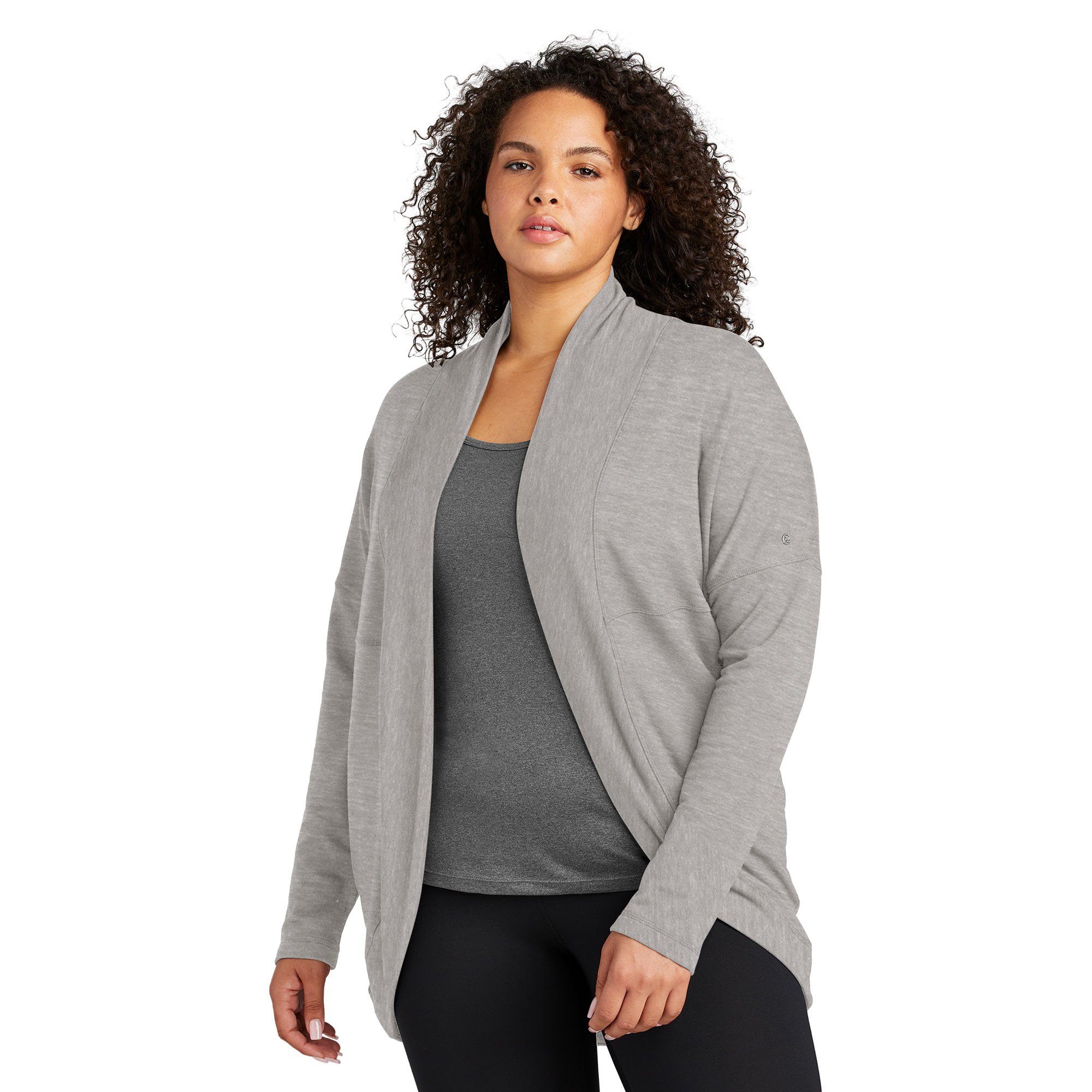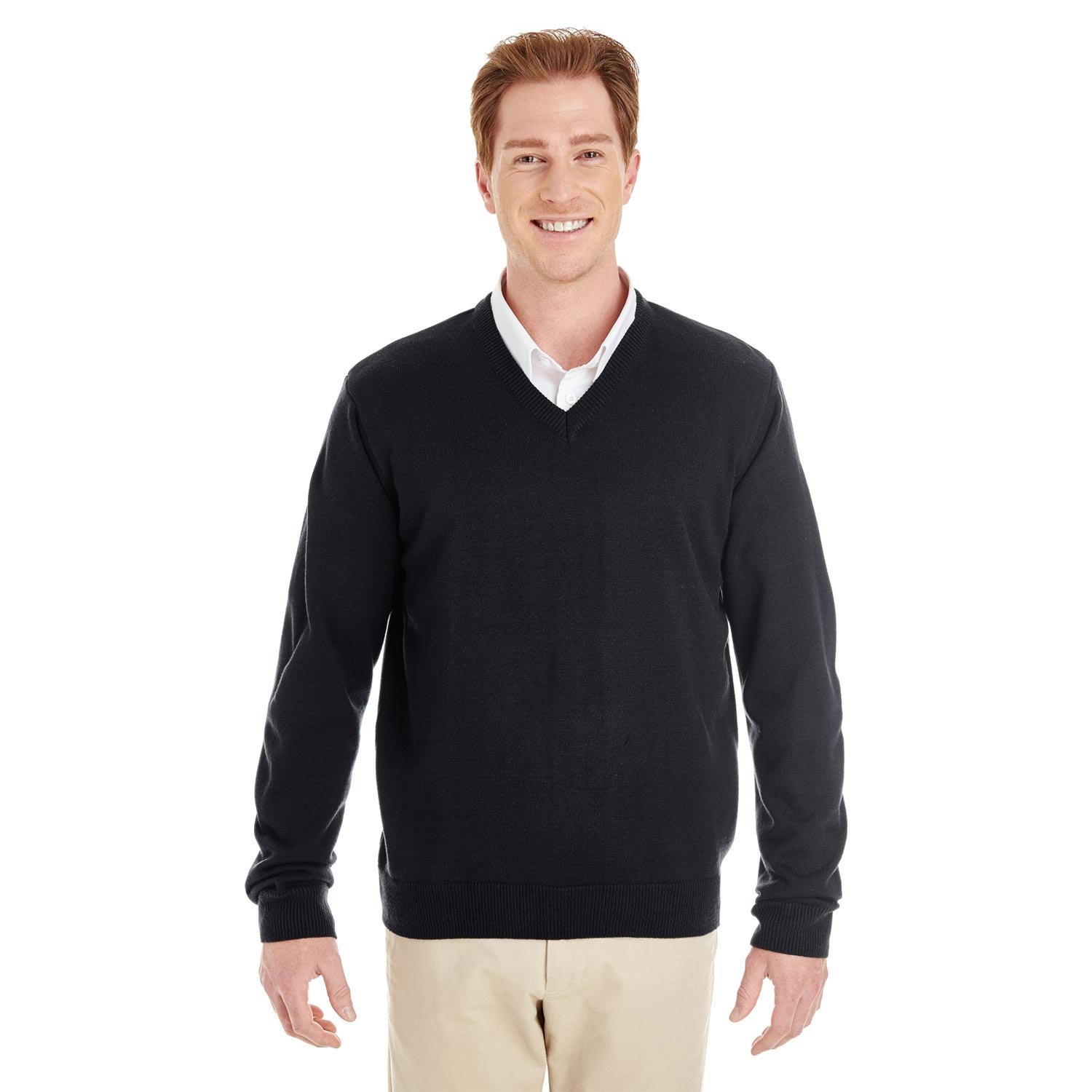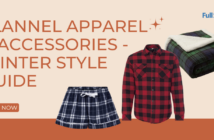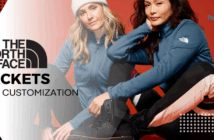As the leaves begin to change colors and there’s crispness in the air, it’s time to embrace everyone’s favorite season – sweater weather! But considering the many types of sweaters available, knowing which ones are essential for your wardrobe can overwhelm you. Whether you’re a cozy cable knit lover or prefer a soft cotton option, we’ve got you covered. In this blog post, we’ll dive into the world of sweaters and help you understand the different styles, materials, and occasions they’re perfect for. So grab yourself a cup of hot cocoa and get ready to upgrade your sweater game this autumn!
Introduction to Sweaters
First of all, sweater weather is a term that refers to the colder months of the year. And most of all in autumn and winter, when the weather is cool enough to comfortably wear sweaters. It is an anticipated time of the year for many people, as it signals the start of cozy nights in, warm cups of hot cocoa, and of course, layering up in our favorite sweaters.
But what makes sweater weather so appealing? Why do we look forward to it every year? In this section, we will dive deeper into the concept of sweater weather and its enduring appeal.
The Comfort Factor
Most of all, one of the main reasons why sweaters are so beloved is because of how comfortable it is. As temperatures drop, we tend to gravitate towards clothing that provides warmth and comfort. And there’s no denying that a soft, cozy sweater fits the bill perfectly. Wear styles on their own, or as layers. Styles like the men’s Port Authority SW290 ½ Zip sweater pair well with a button-up shirt.
Furthermore, sweaters are often made from materials like acrylic, polyester, or cotton which are known for their softness and ability to insulate heat. They also come in various styles – chunky knits, oversized silhouettes or more fitted designs – allowing us to express our personal style while staying warm and comfortable. And this includes casual wear options for men, women, and youth.
History of Sweaters and Their Evolution
Most noteworthy, the history of sweaters is traced back to the early 16th century. Fishermen in the British Isles started wore hand-knitted woolen garments to protect themselves from the harsh weather at sea. These sweaters were known as “ganseys” and were made with tight knitting patterns that provided warmth and durability.
While in the 1920s, Coco Chanel popularized the use of knitted sweaters in women’s fashion, paving the way for a more fashionable approach to this cozy garment. The iconic Chanel cardigan became a staple in every woman’s wardrobe, and soon enough, men also began incorporating knitted sweaters into their attire.
During World War II, soldiers used woolen sweaters to keep warm in cold climates, increasing their popularity even more. The military also incorporated them into uniforms because of their practicality and comfort. This led to an increase in demand for knitted garments, and many textile mills started producing them on a larger scale.
The Modern Sweater Evolution
In the 1950s and 1960s, sweater styles became more diverse with different designs such as turtlenecks, V-necks, and crewnecks being introduced. Cashmere also became a popular material for luxury sweaters during this time. Sweaters were no longer just functional garments but had become fashion statements.
The 1980s saw another surge in sweater trends with bold colors, oversized silhouettes, and embellishments like sequins and shoulder pads making a statement. This decade also saw the introduction of synthetic materials like acrylic and polyester, making sweaters more affordable and easier to maintain.
Consequently, sweaters have become a staple in every wardrobe, with new styles and designs emerging each season. From chunky cable-knit sweaters for cold winter days to lightweight cotton or linen options for summer evenings, there is a sweater for every occasion. And our best-selling casual wear brands like Port Authority, Devon & Jones, and Harriton offer dozens of different styles. These affordable sweaters work great for causal outfits, the office, or as accessories.
Today, sweaters continue to evolve with new technologies and materials being used to create innovative designs. They have become an essential part of our wardrobes, providing both style and comfort. And most of our sweaters are customizable with your name or logo. Add your logo with our professional-looking embroidery. We also offer printing as an affordable option for customizing.
Understanding the Different Types of Sweaters
Sweaters are a staple in every wardrobe, especially during the colder months of the year. Not only do they provide warmth and comfort, but they also add style and versatility to any outfit. However, with so many different types of sweaters available in the market, it can be overwhelming to know which one is right for you. In this section, we’ll break down the various types of sweaters and their unique features to help you make an informed decision.
1. Cardigan Sweaters:
Cardigan sweaters are a classic style that never goes out of fashion. They have an open front design with buttons or zippers down the middle and long sleeves. They come in a variety of lengths ranging from waist-length to knee-length, making them suitable for different body types. Cardigans include styles made of various materials such as wool, cotton, cashmere or blends. And wear them dressed up or down depending on the occasion. Some of our best-selling ladies’ cardigans are the Port Authority L807, Port Authority L5430, and Devon & Jones DP462W.
2. Pullover Sweaters:
Pullover sweaters are one of the most popular styles among both men and women. As the name suggests, you pull these sweaters over the head instead of buttoning or zipping them up like cardigans. They come in a range of necklines including crew necks, V-necks, and turtlenecks. Pullovers can also vary in length from cropped to hip-length or longer. Browse popular styles like the Devon & Jones D475W lady’s v-neck sweater, the men’s Port Authority SW417 crew sweater, and the men’s Port Authority SW285 v-neck sweater.
More Types of Sweaters
3.Crewneck Sweaters:
In addition, crewneck sweaters have a round neckline that sits at the base of the neck. This makes them a timeless and versatile option. They feature various materials, including cotton, polyester, cashmere, or blends. Crewneck sweaters are perfect for layering under jackets or wearing on their own. Find trendy crewneck sweaters in a variety of colors and sizes including the Sport-Tek STF203, and the District DT572.
4. Turtleneck Sweaters:
Turtleneck sweaters have a high, close-fitting collar that covers the neck and sometimes folds over. Manufacturers often use materials like 100% cotton or polyester blends to make them provide extra warmth. Turtlenecks offer a classic and sophisticated style that you can dress up for formal occasions or wear casually with jeans. Select from styles like the Port & Company PC61M, Devon & Jones D420, and Port Authority K321.
5. Cowl Neck Sweaters:
Furthermore, cowl neck sweaters feature a large loose-fitting neckline that drapes over the shoulders and chest area. This creates a relaxed and cozy look while still providing warmth. Cowl necks come in varying lengths, from shorter styles to longer tunic-like options. And our Sport-Tek LST406 cowl neck sweater for ladies comes in sizes up to 4XL.
6. V-Neck Sweaters:
V-neck sweaters have a V-shaped neckline that elongates the neck and draws attention to the face. They can come in different lengths, from cropped to hip-length, and are often made from lightweight materials like cotton or nylon blends. And v-neck sweaters like the Brooks Brothers BB18410, Harriton M415W, and Port Authority LSW285 are professional-looking options for the office.
Hoodies
Also, hoodies are a type of sweater that have become a staple in many people’s wardrobe, especially during the colder months. They are loved for their versatility, comfort and warmth. Hoodies come in various styles, colors and materials, making them suitable for different occasions and personal styles. In this section, we will discuss the different types of hoodies to help you understand which one is best suited for you.
1. Basic Hoodie: This is the most popular type of hoodie and is characterized by its simple design with a hood attached at the back. It usually has a front pocket and can be made from cotton, fleece or other soft materials. Basic hoodies are perfect for everyday wear and can be dressed up or down depending on the occasion. And styles like the Sport-Tek F281, Port & Company PC78H, and Gildan 18500 come in over 30 different colors, ideal for customization.
2. Zip-Up Hoodie: As the name suggests, this type of hoodie features a zipper closure instead of a pullover style. Most styles come with pockets, making them functional as well as stylish. Find zip-up hoodies like the Sport-Tek ST259, Port & Company LPC78ZH, and District DT665.
3. Pullover Hoodie: Similar to basic hoodies but without any zippers or buttons, pullover hoodies have gained popularity due to their casual yet trendy look. These hoodies often have drawstrings around the neck area that allow you to adjust the fit according to your preference. And styles like the Jerzees 996M come in over 30 different colors.
Materials Used in Sweater Making
In addition, sweaters are a staple in every wardrobe. And this is especially true during the colder months. They come in various styles, colors, and materials, making them versatile pieces that can be dressed up or down for any occasion. However, not all sweaters are created equal – different types of yarns and knitting techniques can greatly impact the look and feel of a sweater. In this section, we will dive into the various materials used in sweater-making to help you better understand what goes into creating your favorite cozy garment.
1. Polyester Blends:
Polyester blend sweaters strike a balance between comfort and durability, offering the best of both worlds in knitwear. By combining the resilience and longevity of polyester with the softness and breathability of other materials, these sweaters ensure both warmth and wear resistance. They are less prone to shrinking, wrinkling, or fading compared to their pure counterparts. The inclusion of polyester often means these sweaters retain their shape after numerous washes and wears, making them a sought-after choice for those who prioritize both style and practicality. The blend not only enhances the sweater’s lifespan but also often results in a more affordable price point, providing value to the conscious consumer.
Comfortable Cotton Blends
2. Cotton:
Cotton is another commonly used material in sweater-making due to its breathability and versatility. It is lightweight yet provides enough insulation to keep you warm without overheating. You can easily care for cotton sweaters because you can machine-wash and dry them without them losing their shape or softness. And styles like the Devon & Jones DG478 men’s Manchester quarter zip sweater are made of a 100% cotton jersey knit.
3. Acrylic: Acrylic is a synthetic material that is often used as a more affordable alternative to wool. It is lightweight, soft and easy to care for – acrylic sweaters can be machine-washed and dried without any special precautions. However, acrylic does not have the same insulating properties as wool and may pill or lose its shape over time.
How to Choose the Right Sweater
When it comes to choosing the right sweater, there are a few key factors to consider in order to find the perfect one for your needs and style. Here are some tips on how to choose the right sweater:
1. Consider the Material: The first thing to think about when choosing a sweater is the material it is made of. While wool may be warm and cozy, it can also be scratchy and irritating for some people. Cashmere is soft and luxurious, but also more expensive. Cotton and acrylic blends are lightweight and easy to care for, while mohair adds texture and warmth. Think about what qualities you prioritize in a sweater – comfort, warmth, durability – and choose a material accordingly.
2. Know Your Body Type: Just like with any other clothing item, different styles of sweaters flatter different body types. For example, if you have a pear-shaped figure, opt for an oversized or tunic-style sweater that will balance out your proportions. If you have an hourglass figure, choose a fitted or belted sweater that will accentuate your curves. It’s important to try on different styles and see what works best for your body type.
3. Pay Attention to Fit: When trying on sweaters, pay attention not only to how they look but also how they fit. A good fitting sweater should feel comfortable without being too tight or too loose. Make sure the shoulder seams sit at the edge of your shoulders, the sleeves hit at your wrist bone, and there is no excess fabric around the chest or waist.
More Things to Consider
4. Consider Your Style: Sweaters come in a variety of styles, from classic crewnecks to trendy cropped styles. Think about your personal style and what types of sweaters would fit into your wardrobe. If you tend to dress more formally, a cashmere or merino wool sweater may be a better choice, while a chunky knit or oversized sweater can add texture and interest to a more casual outfit. And styles like our Brooks Brothers BB18413 merino cardigan sweater are made of 100% extra-fine Merino wool.
5. Take Care of Maintenance: Before purchasing a sweater, consider how much maintenance it will require. Some materials, like cashmere, may need to be hand-washed or dry-cleaned, while others can be machine-washed. If you don’t want to deal with special care instructions, opt for an easy-care material like cotton or acrylic. The Harriton M425 pilbloc men’s cardigan sweater is made of 100% acrylic jersey knit. And this makes it durable with features like an anti-pill performance finish.
6. Choose the Right Color: The color of your sweater can have a big impact on how it looks on you and how versatile it is in your wardrobe. Neutrals like black, gray, and navy are timeless options that can be dressed up or down. Bold colors and patterns can make a statement but may be harder to mix and match with other pieces in your closet.
Conclusion
In conclusion, as sweater weather approaches, it’s important to understand the various types of sweaters available and how they can elevate your style. From classic crewnecks to cozy cotton blends, each type offers its own unique look and level of warmth. By following our guide and considering your personal style, you’ll be able to find the perfect sweater for any occasion. So embrace the chilly temperatures with confidence and discover which sweater suits you best!


